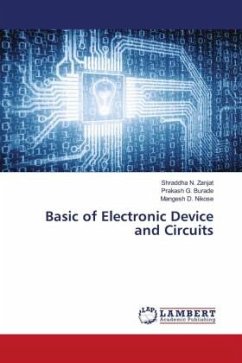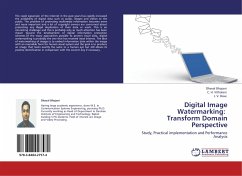This work aims to exploit the potential of nano scale memories like MTJ based Magnetoresistive RAM for use in cell phone architectures by replacing age old flash memories through a series of simulations performed using various tools. Magnetoresistive memory (MRAM) is one of the forerunners of the nanotechnology enabled memories lined to replace the traditional memories like Flash, DRAM and SRAM. MRAMs are based on the phenomenon of spin dependent tunneling in magnetic tunnel junctions (MTJs). It stores data in the magnetization of a magnetic layer as opposed to electrical charge in conventional RAMs. Yet the read-out of the MRAM is electrical. It is claimed to offer something close to the speed of SRAM, with a density approaching that of single-transistor DRAM and the ability to store information when power is removed, like flash memory or EEPROM.
Bitte wählen Sie Ihr Anliegen aus.
Rechnungen
Retourenschein anfordern
Bestellstatus
Storno








